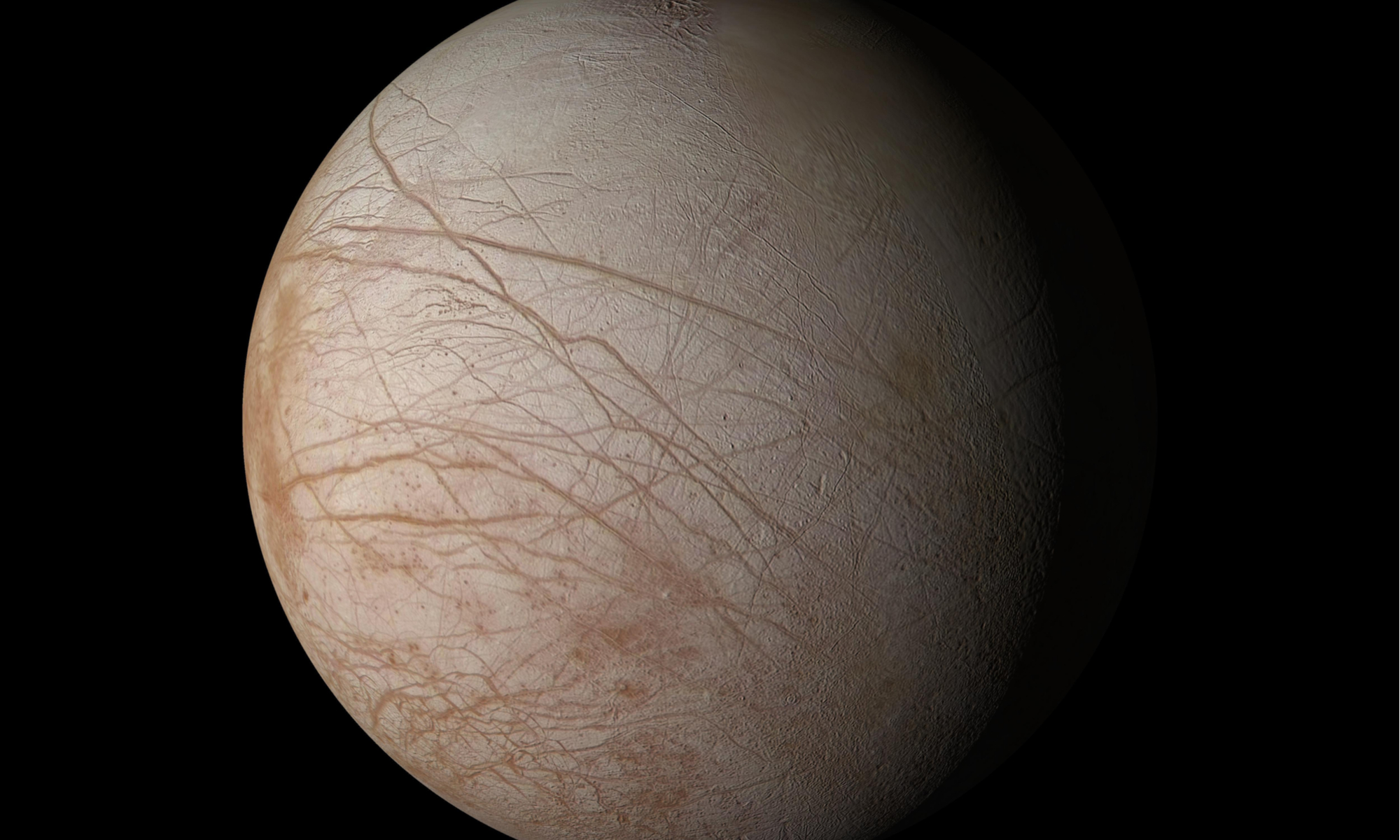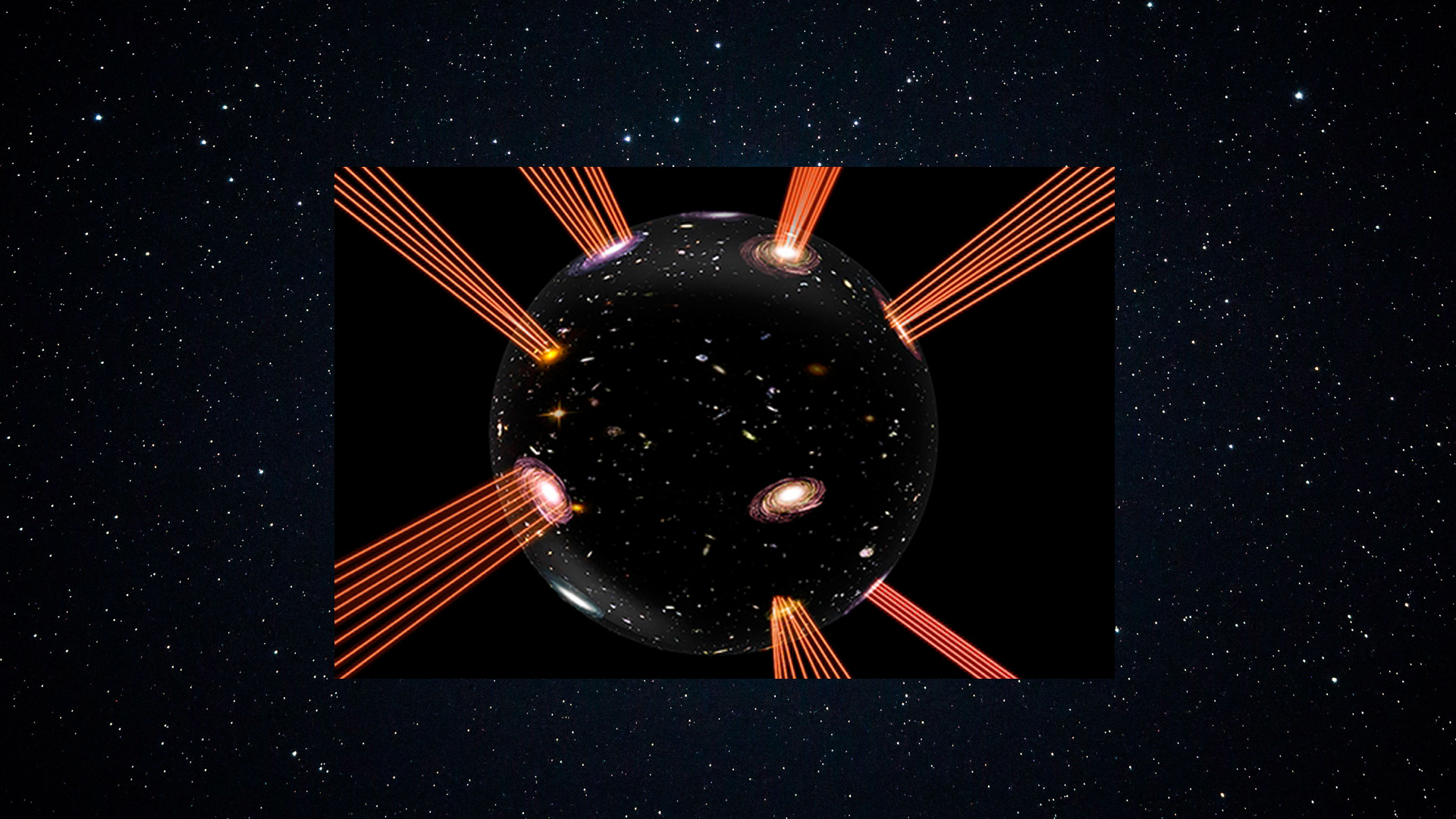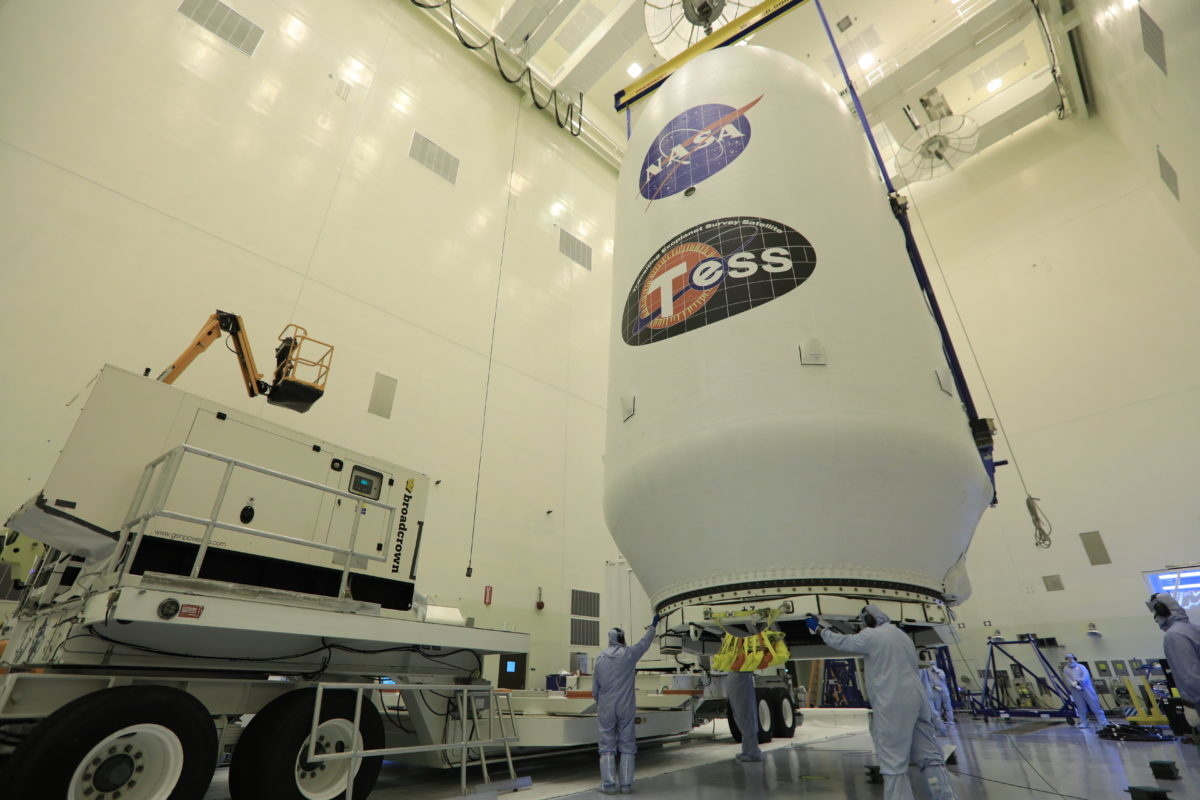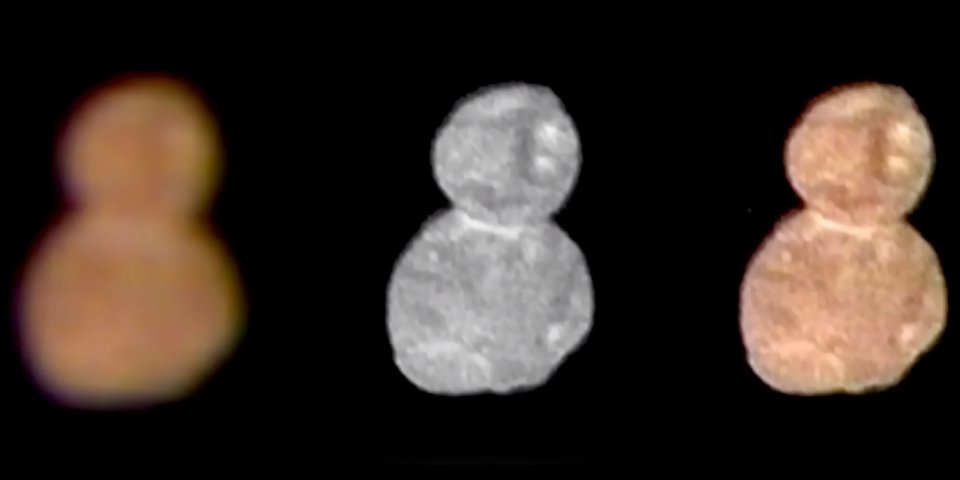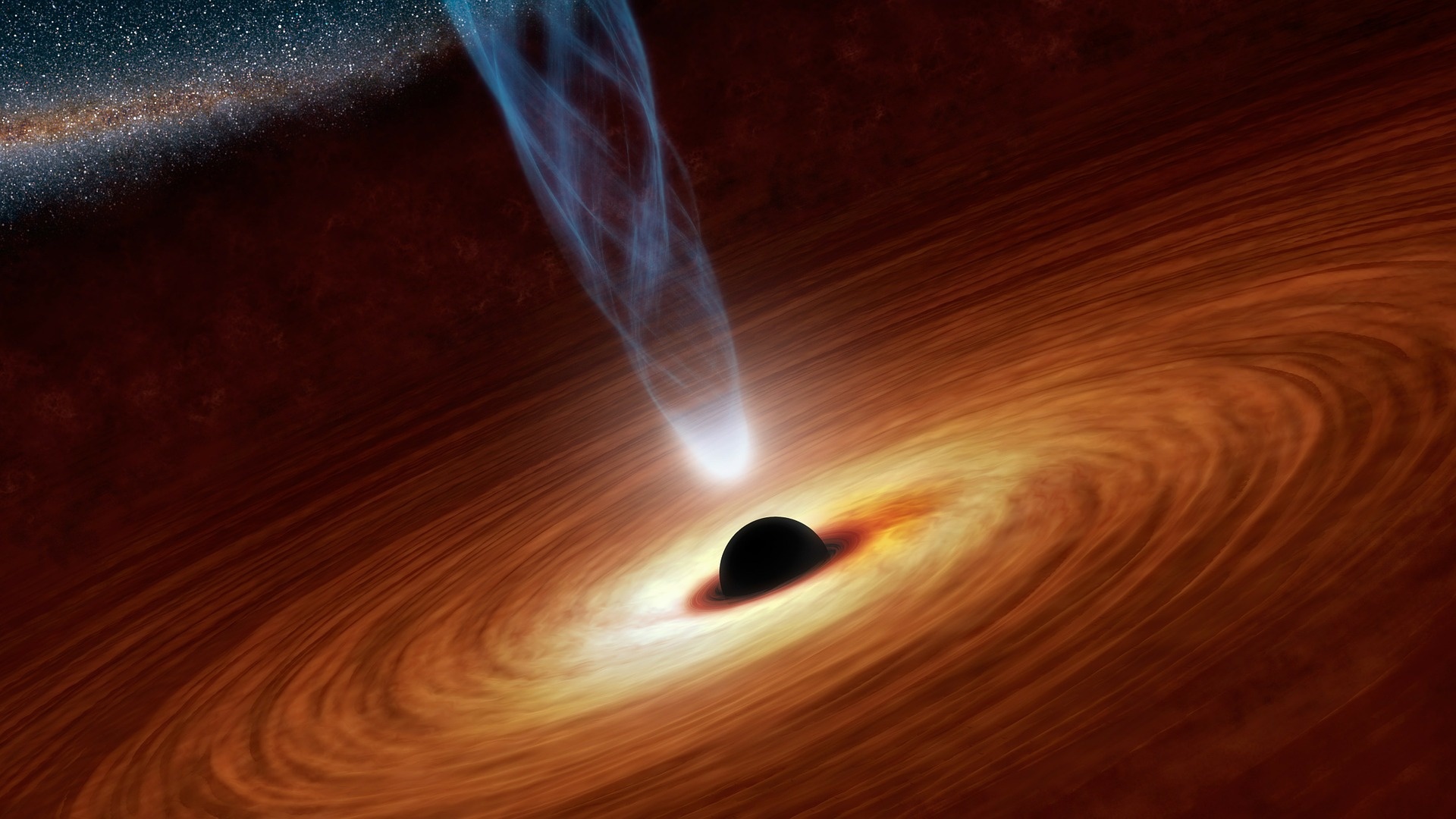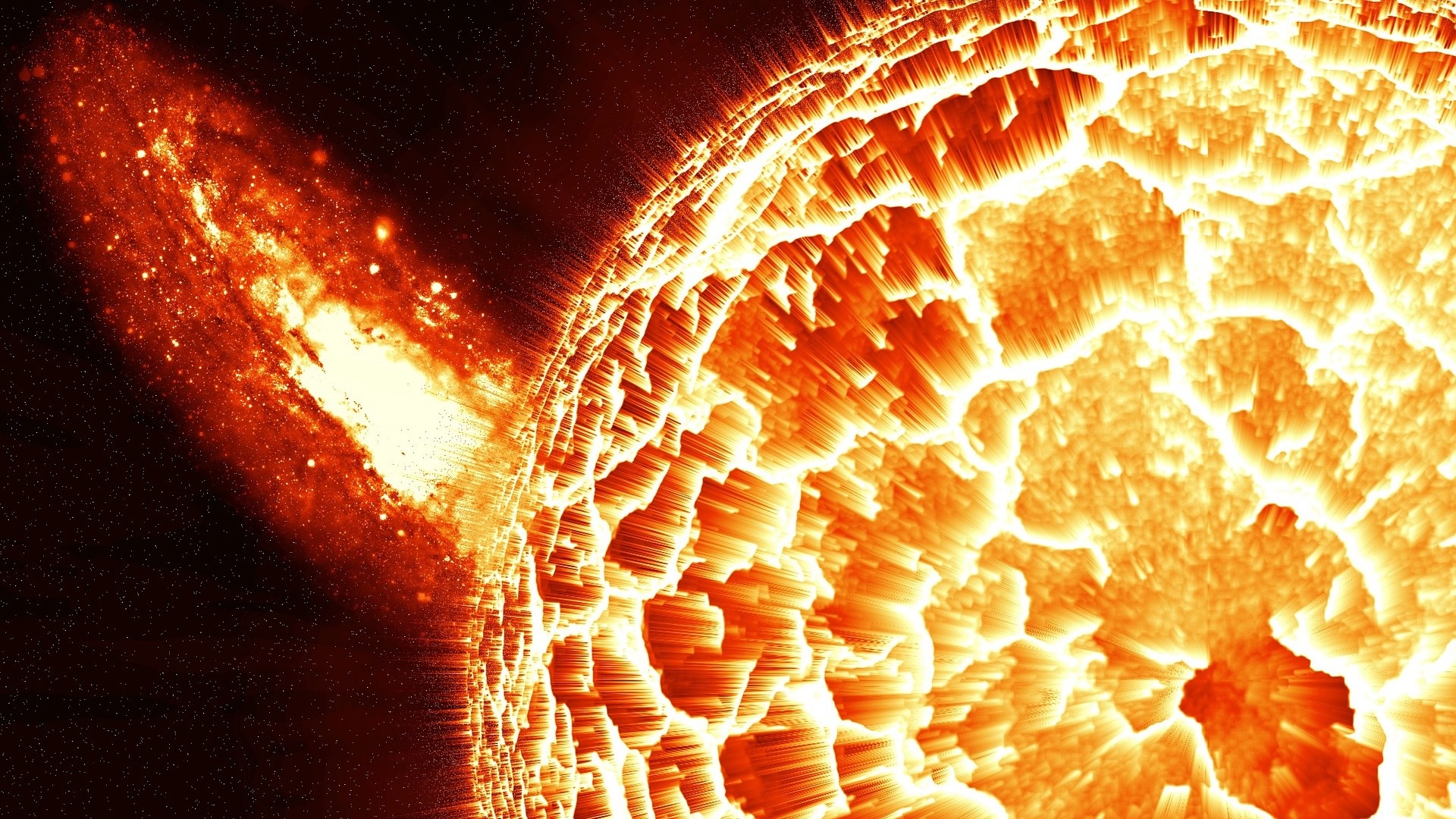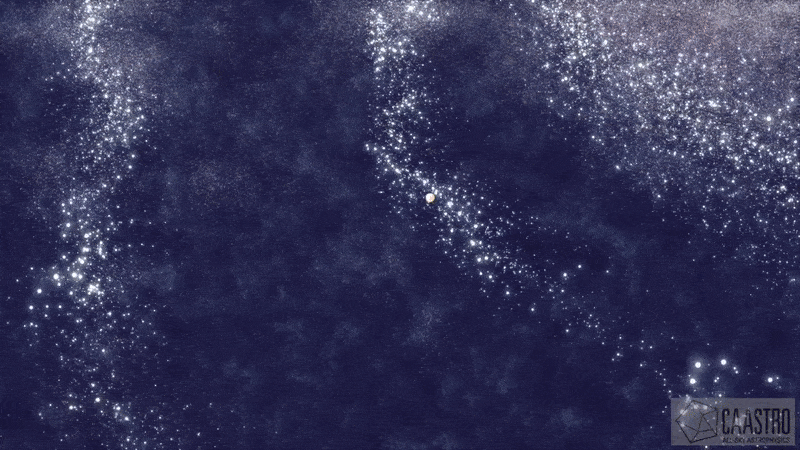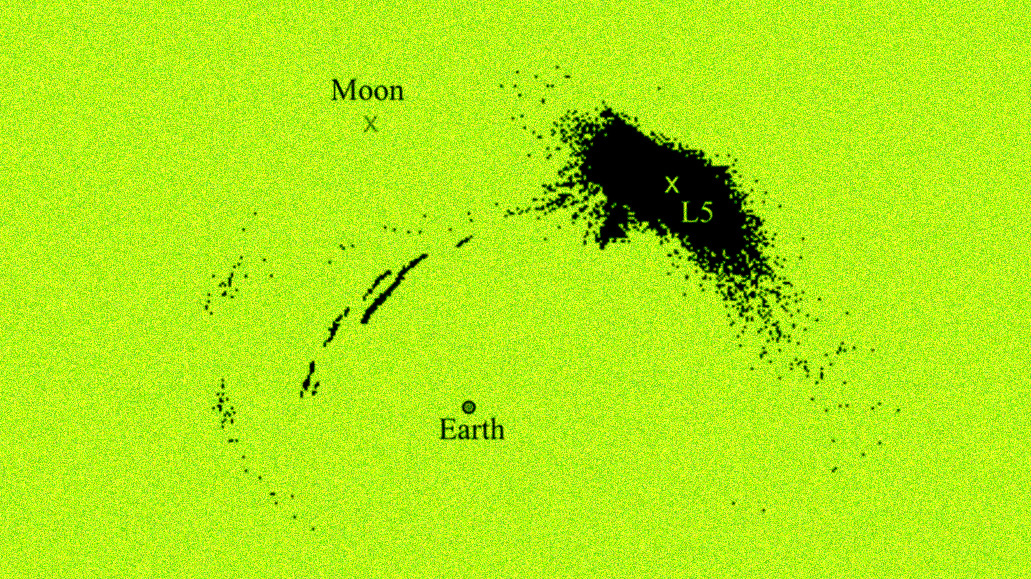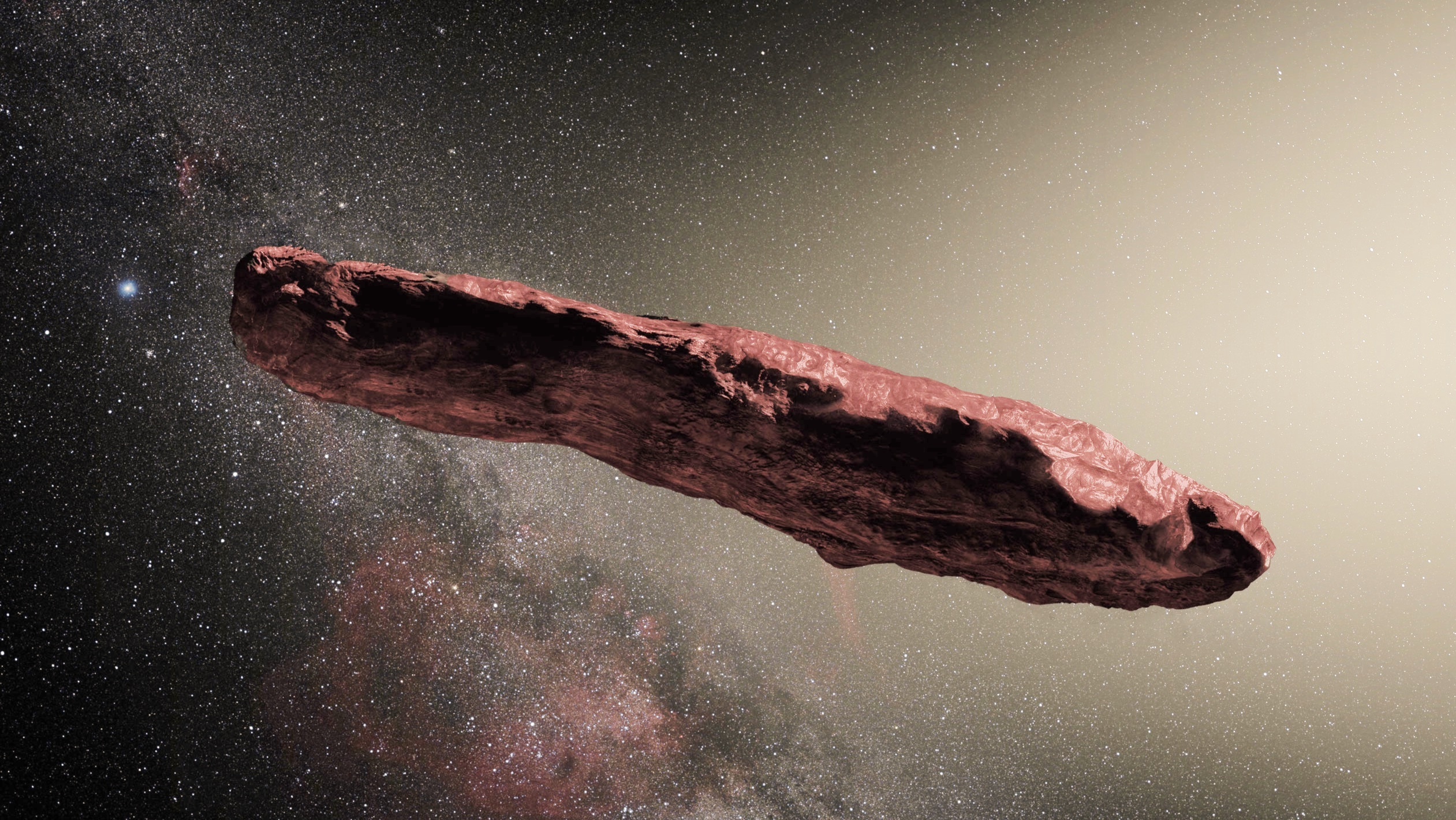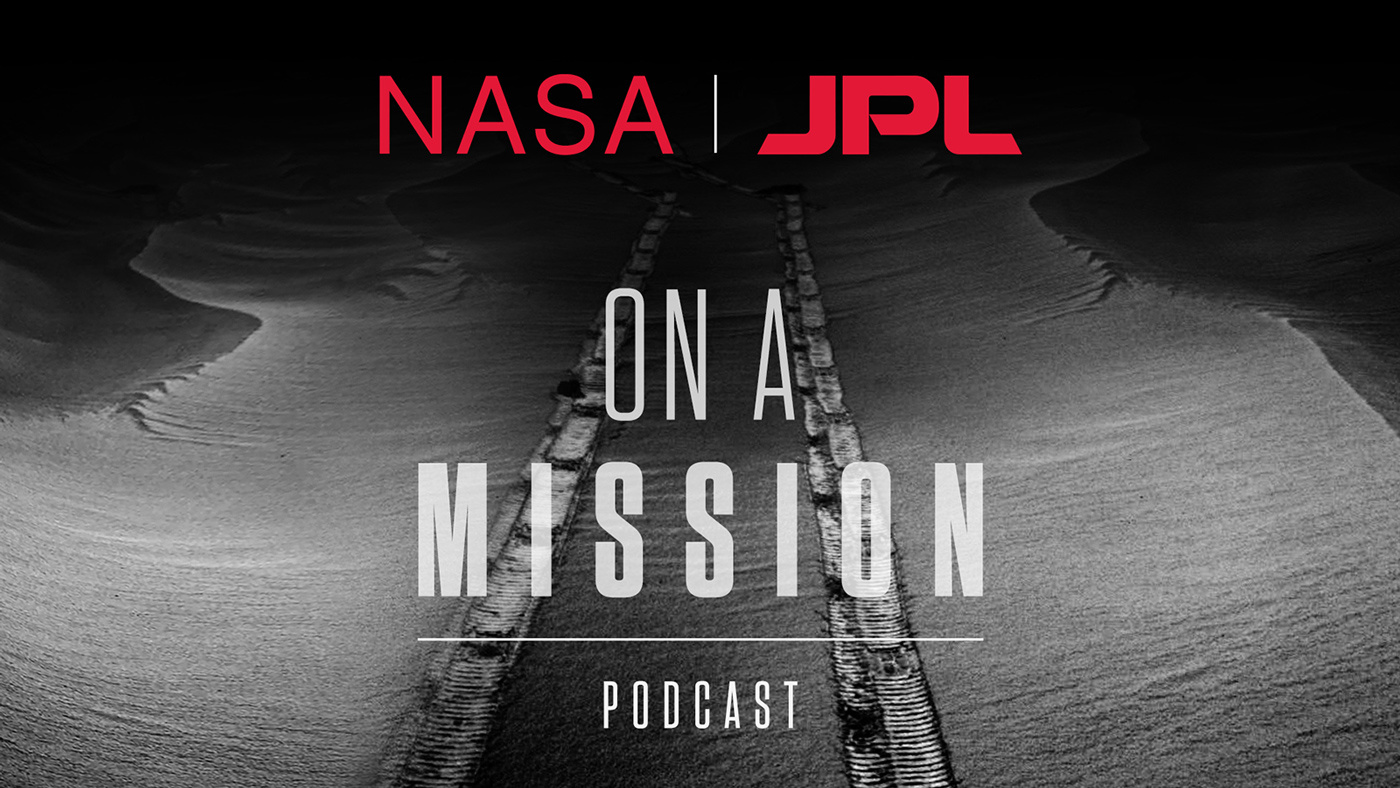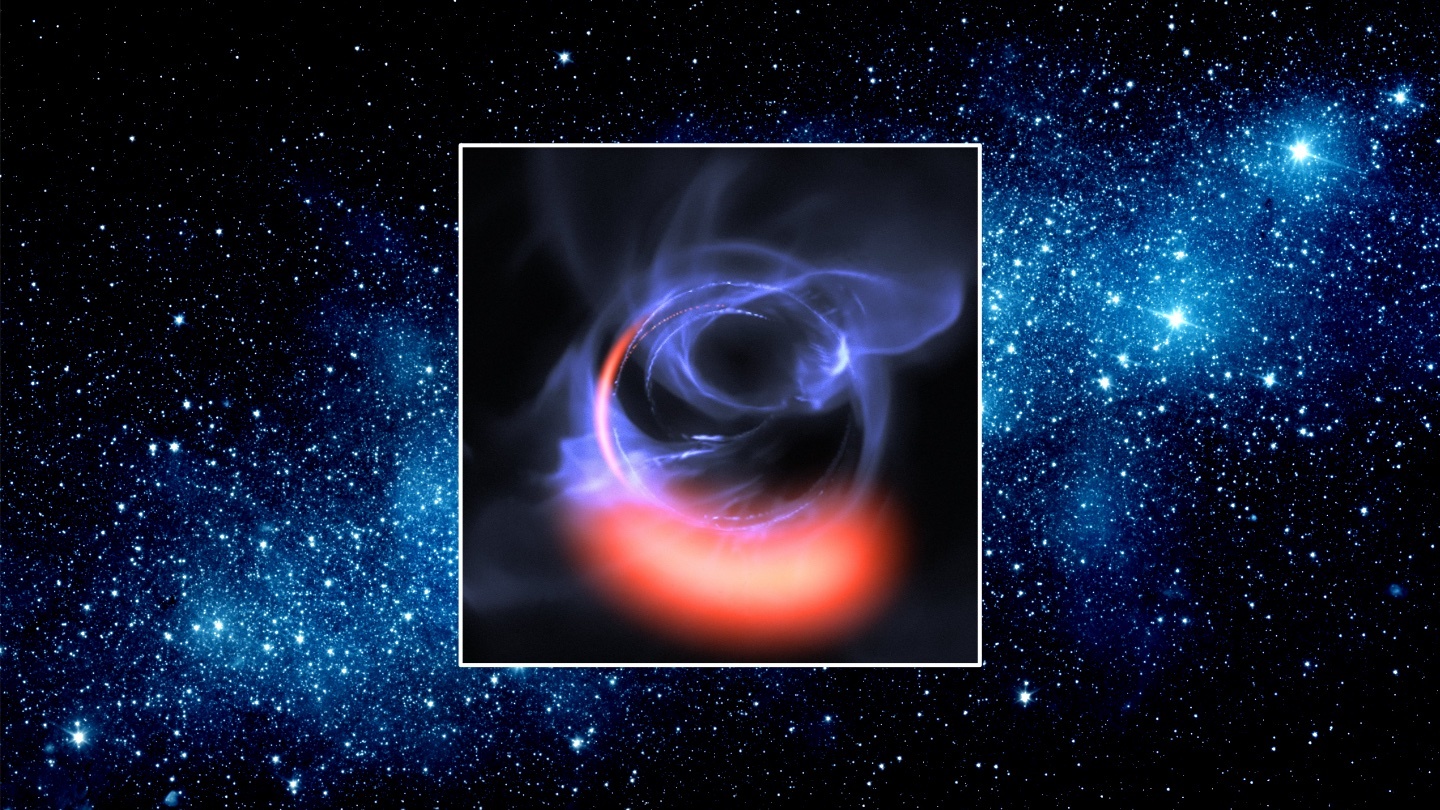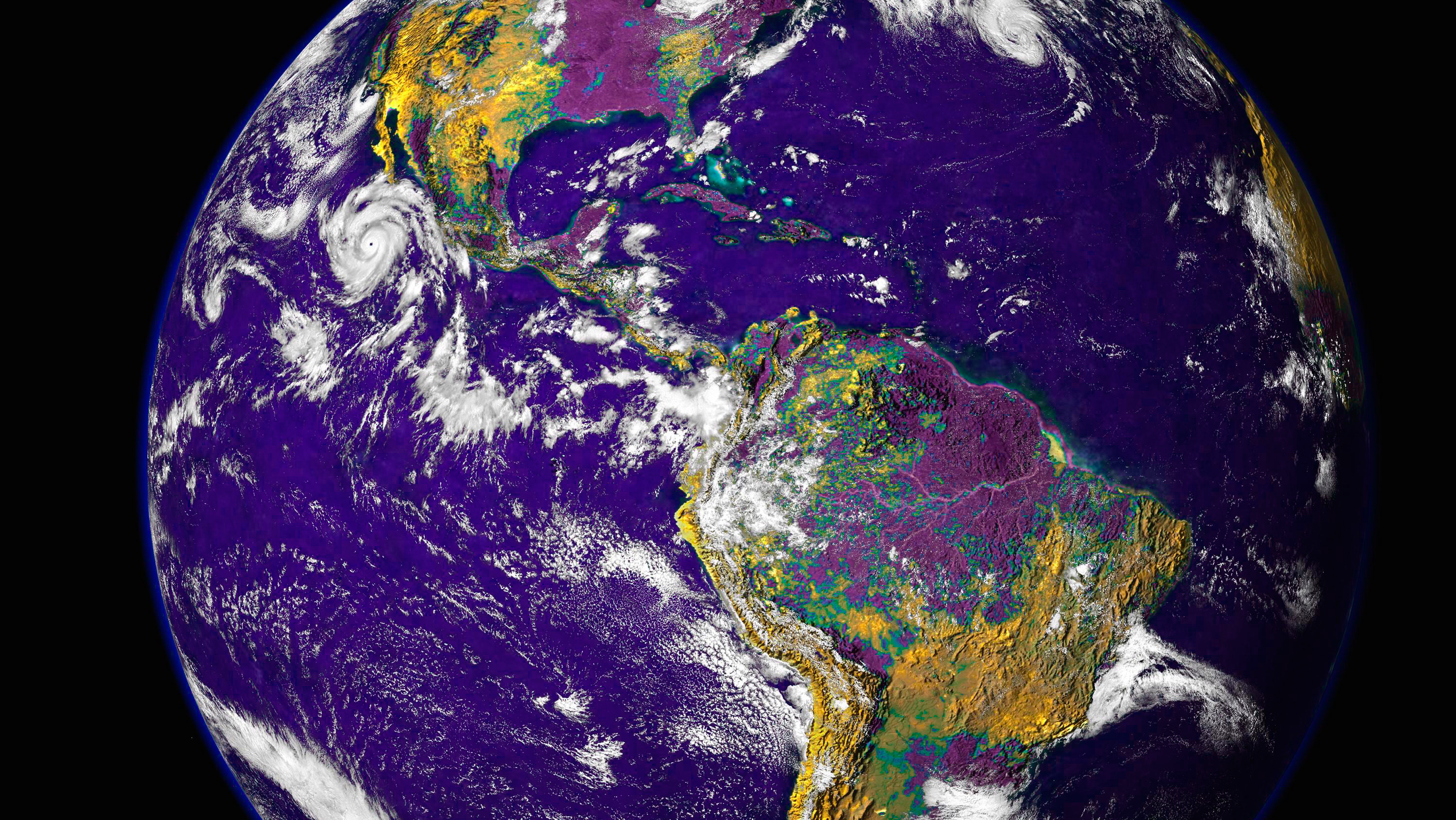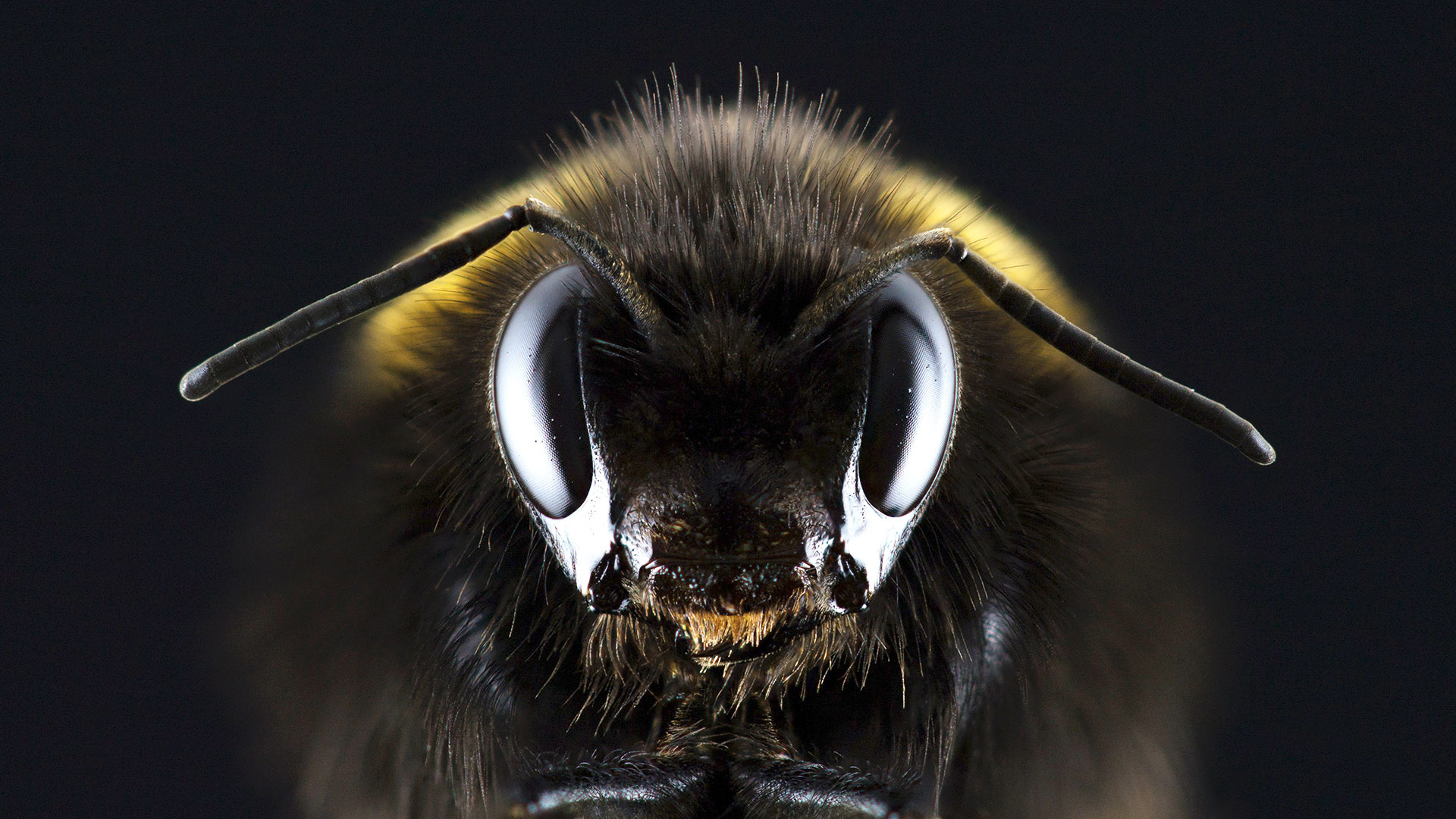astronomy
The meaning—and range—of “habitable” goes much farther than we once thought.
Cosmologists propose a groundbreaking model of the universe using string theory.
It has already found several bizarre planets outside of our solar system.
The end of the world is the main focus of his new book.
That disastrous rock may now looks to have been a Beta Taurid passenger
NASA’s Michelle Thaller explains how an accidental discovery led to the 1978 Nobel Prize in Physics.
▸
2 min
—
with
On Tuesday, NASA’s New Horizons spacecraft flew by the space rock, located some 4 billion miles away from Earth.
A new study may change the face of astrophysics.
Superpowers team up to heat up the ionosphere by over 200 degrees.
Was it a real thing? And the Wise Men? Or are they just myths?
Two new papers say everything we knew about black holes was wrong.
A theory from cosmology claims the Universe could rip apart to shreds.
Star production peaked three billion years after the Big Bang.
It was captured by the Parker Solar Probe, which is currently studying the star.
The Geminid meteor shower grows more intense with every year, and it’s expected to be particularly bright in 2018.
Breakthrough Starshot is moving ahead with an audacious vision for space exploration.
NASA’s Michelle Thaller explains why the term ‘Big Bang’ is misleading, and how to best imagine the shape of the universe.
▸
4 min
—
with
Venus: Hot, toxic, hellish… home?
Here’s the science of black holes, from supermassive monsters to ones the size of ping-pong balls.
▸
5 min
—
with
In a breakthrough for nuclear fusion research, scientists at China’s Experimental Advanced Superconducting Tokamak (EAST) reactor have produced temperatures necessary for nuclear fusion on Earth.
Giving our solar system a “slap in the face.”
Two massive clouds of dust in orbit around the Earth have been discussed for years and finally proven to exist.
Our friendly neighborhood gas giant serves as a cosmic catcher’s mitt.
It’s an asteroid, it’s a comet, it’s actually a spacecraft?
Follow along as the InSight spacecraft crosses millions of miles to the red planet.
A young star and a belt of gasses give the game away.
Around Halloween in 2015, astronomers discovered ‘The Goblin’. Now, it’s leading us to what some call Planet X.
▸
5 min
—
with
Future or extraterrestrial civilizations could create megastructures the size of a solar system.
NASA research finds a new direction in searching for signs of life in the Universe.
A buzzworthy study looks at the strange actions of bees.
